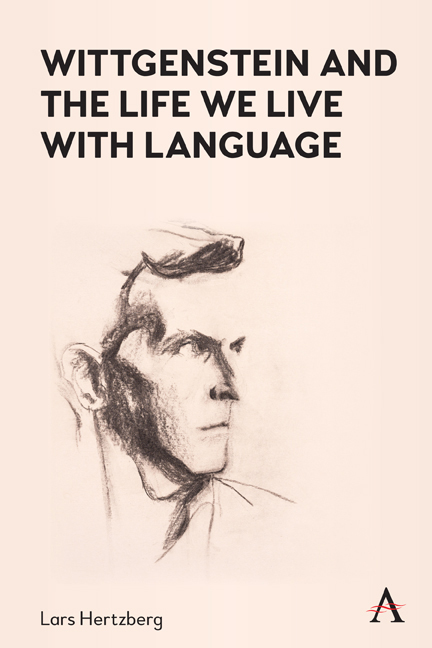Book contents
- Frontmatter
- Dedication
- Contents
- Acknowledgements
- Introduction
- 1 Attending to the Actual Sayings of Things
- 2 The Sense Is Where You Find It
- 3 On Excluding Contradictions from Our Language
- 4 ‘How Do Sentences Do It?’
- 5 On the Need for a Listener and Community Standards
- 6 ‘It Says What It Says’
- 7 Very General Facts of Nature
- 8 Ethics as We Talk It
- 9 Moral Escapism and Applied Ethics
- 10 Reasons to Be Good?
- 11 The Importance of Being Thoughtful
- 12 What’s in a Smile?
- 13 On Aesthetic Reactions and Changing One’s Mind
- Bibliography
- Index
12 - What’s in a Smile?
Published online by Cambridge University Press: 15 September 2022
- Frontmatter
- Dedication
- Contents
- Acknowledgements
- Introduction
- 1 Attending to the Actual Sayings of Things
- 2 The Sense Is Where You Find It
- 3 On Excluding Contradictions from Our Language
- 4 ‘How Do Sentences Do It?’
- 5 On the Need for a Listener and Community Standards
- 6 ‘It Says What It Says’
- 7 Very General Facts of Nature
- 8 Ethics as We Talk It
- 9 Moral Escapism and Applied Ethics
- 10 Reasons to Be Good?
- 11 The Importance of Being Thoughtful
- 12 What’s in a Smile?
- 13 On Aesthetic Reactions and Changing One’s Mind
- Bibliography
- Index
Summary
Nature or Convention?
Webster's Third International Dictionary defines the word ‘smile’ as follows:
smile, n.: a change of facial expression involving a brightening of the eyes and an upward curving of the corners of the mouth with no sound and less muscular distortion of the features than a laugh that may express amusement, pleasure, tender affection, approval, restrained mirth, irony, derision, or any of various other emotions.
There are two sides to the definition: certain facial movements on the one hand, and the feelings or attitudes expressed by those movements on the other hand. The definition seems common-sensical enough. However, in reflecting on it we might be led to ask: how is the relation between the movements on the one hand and the feelings and attitudes on the other hand to be understood? There appear, on the face of it, to be two alternatives: either the relation is somehow natural, laid down in the constitution of the human organism, or it is a matter of convention, of rules of expression formed by our culture, and thus, conceivably, varying from one culture to another. Furthermore, it would seem that the way to resolve this issue is through empirical research. Thus, one might try to establish what degree of variation there is between the expressive force of smiles in different societies.
In this essay, my aim is to show that this view of the issue is misconceived. On the one hand, I want to argue that the question cannot be construed as empirical, but rather is dependent on considerations concerning the use of the word ‘smile’. On the other hand, I wish to show that, where genuine smiles are concerned, the natural/conventional distinction does not apply. Similar considerations could probably be brought to bear on many other types of facial and bodily expressions.
The question whether facial expressions are natural or conventional is pondered by Charles Darwin in The Expression of Emotions in Man and Animals. For Darwin, the issue is to be settled by the methods of natural science. He set out ‘to ascertain’, as he put it,
independently of common opinion, how far particular movements of the features and gestures are really expressive of certain states of the mind.
- Type
- Chapter
- Information
- Wittgenstein and the Life We Live with Language , pp. 201 - 214Publisher: Anthem PressPrint publication year: 2022

